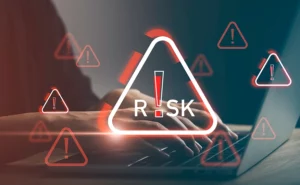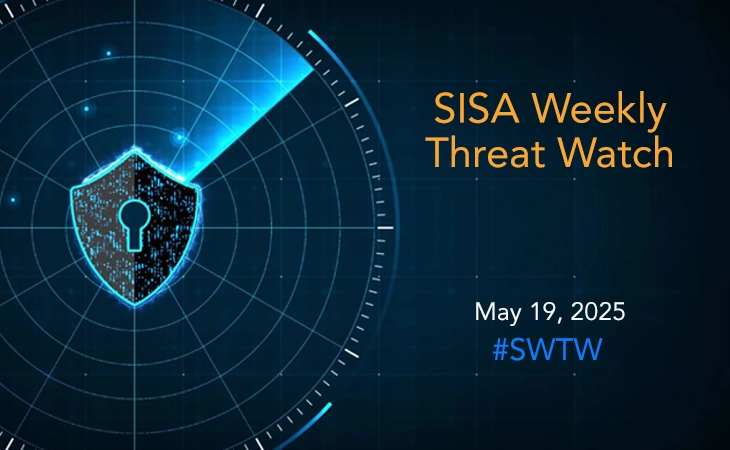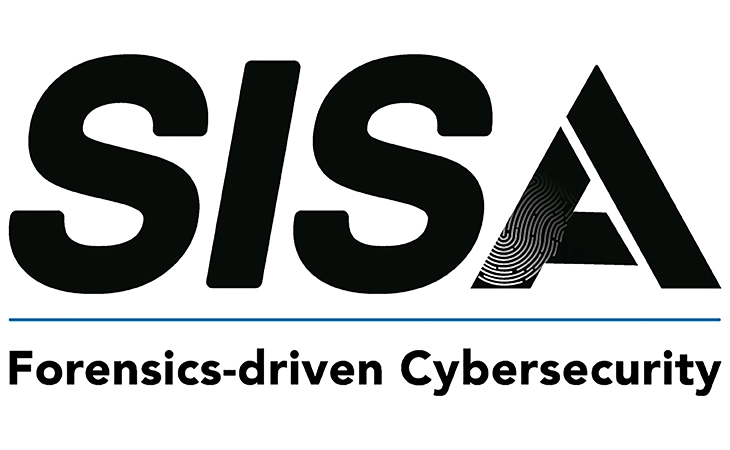
Incident Response Tools: How To Choose The Right One?
In today’s interconnected digital world, security incidents and system breaches are inevitable. When incidents occur, the ability to respond effectively can make a significant difference in minimizing damage and downtime. Incident response tools play a pivotal role in enabling organizations to address such challenges by offering real-time visibility, automation, and streamlined processes. Choosing the right tool requires careful consideration of business needs, scalability, and integration capabilities. This blog explores how to evaluate and select the ideal incident response tool for your organization.
Key Considerations for Selecting Incident Response Tools
When selecting incident response tools, focus on features that align with your organization’s specific needs. Below are the essential considerations:
Integration and Automation Capabilities
- Seamless integration with existing systems is crucial for effective data flow.
- Look for automation features like auto-ticket creation, escalation, and remediation to reduce manual effort and human error.
Scalability
- Ensure the tool can handle increasing data volumes, users, and incidents as your organization grows.
- Tools should support service-level objectives (SLOs) and have higher availability than the applications they monitor.
Alert Management
- The tool must filter and prioritize alerts effectively, using aggregation, deduplication, and suppression mechanisms.
- Advanced tools leverage machine learning to isolate the root cause of performance problems.
Real-Time Collaboration
- Real-time communication features like integrated chat, conference bridges, and collaborative dashboards are essential for coordinated responses.
Analytics and Reporting
- Robust reporting capabilities, including metrics like Mean Time to Acknowledge (MTTA) and Mean Time to Resolve (MTTR), are critical for post-incident reviews and continuous improvement.
Customizability
- The ability to tailor alert rules, escalation policies, and reports to meet unique organizational needs is vital.
Training and Support
- Ensure the vendor offers comprehensive training and ongoing support. Open-source tools with strong community backing are also worth considering for their adaptability and cost-effectiveness.
Business Outcomes Supported by Incident Response Tools
Incident response tools help organizations prepare for, respond to, and recover from IT incidents. Key outcomes include:
- Rapid Detection and Notification: Tools detect anomalies and notify relevant personnel in real time.
- Incident Prioritization and Management: Automated categorization and prioritization ensure critical issues are addressed first.
- Enhanced Communication: Built-in communication platforms streamline collaboration among teams and stakeholders.
- Task Automation: Automation reduces response times and human error by handling routine tasks.
- Post-Incident Analysis: Detailed documentation aids in identifying root causes and improving future responses.
- Minimized Downtime: Effective tools reduce the overall impact of incidents on business operations.
Best Practices for Implementing Incident Response Tools
Establish Clear Policies
- Define roles such as Incident Commander, Communications Lead, and Operations Lead to eliminate ambiguity.
- Develop systems for categorizing and prioritizing incidents.
Design Effective Workflows
- Standardize processes for incident detection, logging, categorization, response, and closure.
- Implement escalation procedures to ensure swift action by the appropriate teams.
Select the Right Tools
- Leverage monitoring and alerting tools to identify issues early.
- Use incident management platforms to streamline tasks and enhance communication.
- Invest in knowledge management systems for quick access to past incident data and solutions.
Example of Incident Response Best Practices in Action
Consider an e-commerce company experiencing frequent crashes in its checkout microservice. With the right tools and practices:
- Detection: Prometheus detects a high error rate and sends an alert via Alertmanager.
- Logging: Squadcast logs the incident and notifies the on-call engineer.
- Response: Engineers analyze Kubernetes logs, identify the root cause (insufficient memory allocation), and apply a temporary fix by increasing memory limits.
- Recovery: The issue is resolved, and stability is restored.
- Review: A post-incident review identifies ways to prevent future occurrences, such as resource reallocation and enhanced monitoring.
Conclusion
Selecting the right incident response tool is critical for safeguarding your organization’s IT infrastructure. By focusing on integration, automation, scalability, and other key features, organizations can enhance their ability to detect, respond to, and recover from incidents. Adopting best practices such as clear policies, standardized workflows, and robust tools will further bolster your incident response strategy, minimizing downtime and ensuring business continuity.
FAQs: Choosing Incident Response Tools
1. Why is scalability important in an incident response tool? Scalability ensures the tool can handle increasing workloads and adapt to organizational growth without performance degradation.
2. What features should I prioritize in a tool for alert management? Prioritize features like alert aggregation, deduplication, suppression, and machine learning for effective prioritization and noise reduction.
3. How does automation improve incident response? Automation accelerates response times, reduces human error, and frees up resources for high-priority tasks by handling routine actions like ticket creation and escalation.
4. What role does post-incident analysis play in incident management? Post-incident analysis helps identify root causes, improve workflows, and prevent recurring issues, fostering continuous improvement.
5. Are open-source incident response tools reliable? Open-source tools can be reliable if they have active community support and meet your organization’s needs for customization and integration.
6. How do incident response tools enhance communication during an incident? Features like integrated chat, real-time updates, and collaborative dashboards ensure seamless coordination among teams and stakeholders.
Latest
Blogs
Whitepapers
Monthly Threat Brief
Customer Success Stories
 USA
USA India
India APAC
APAC Middle East
Middle East Global
Global






 Facebook
Facebook Linkedin
Linkedin  X
X Youtube
Youtube






